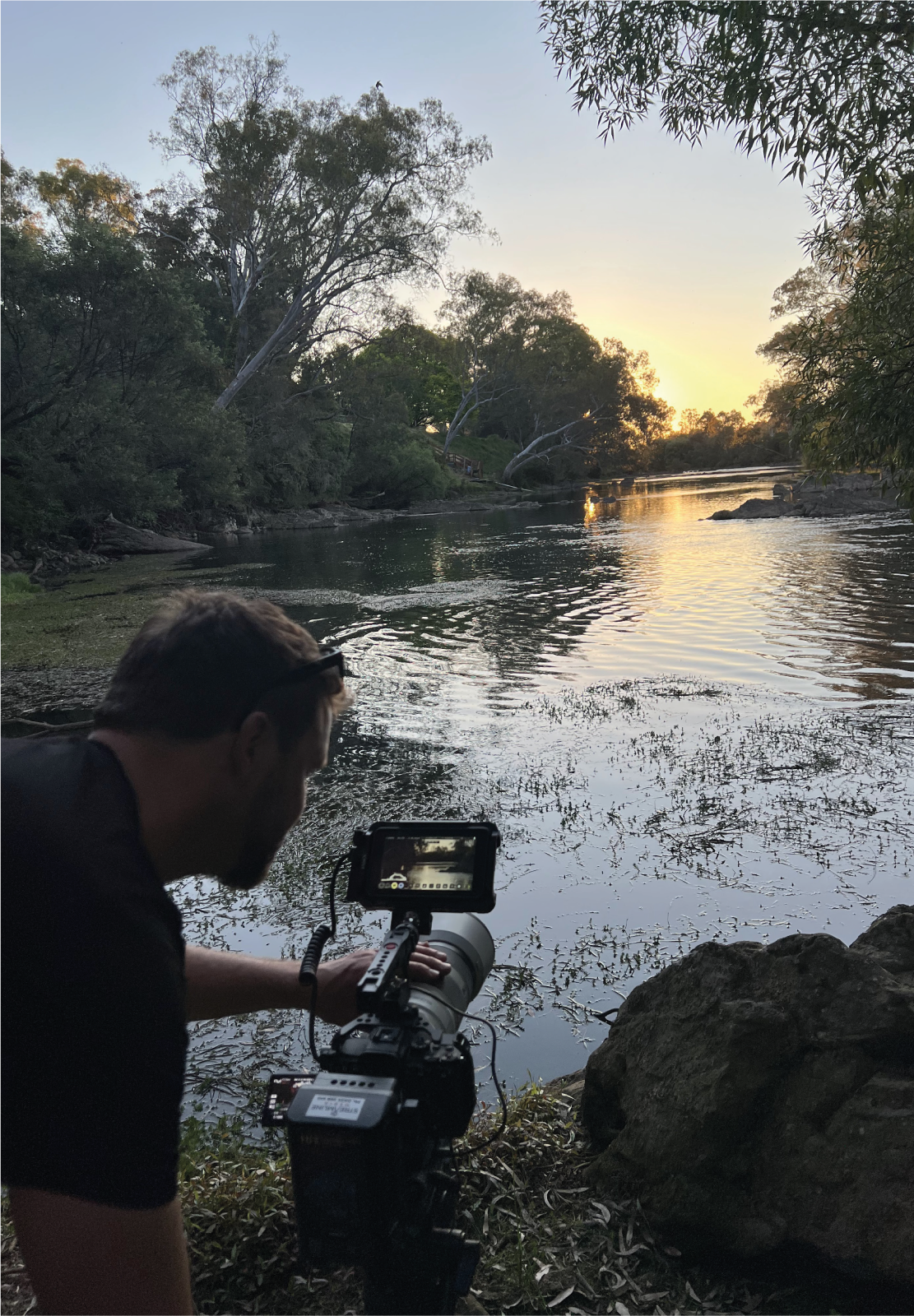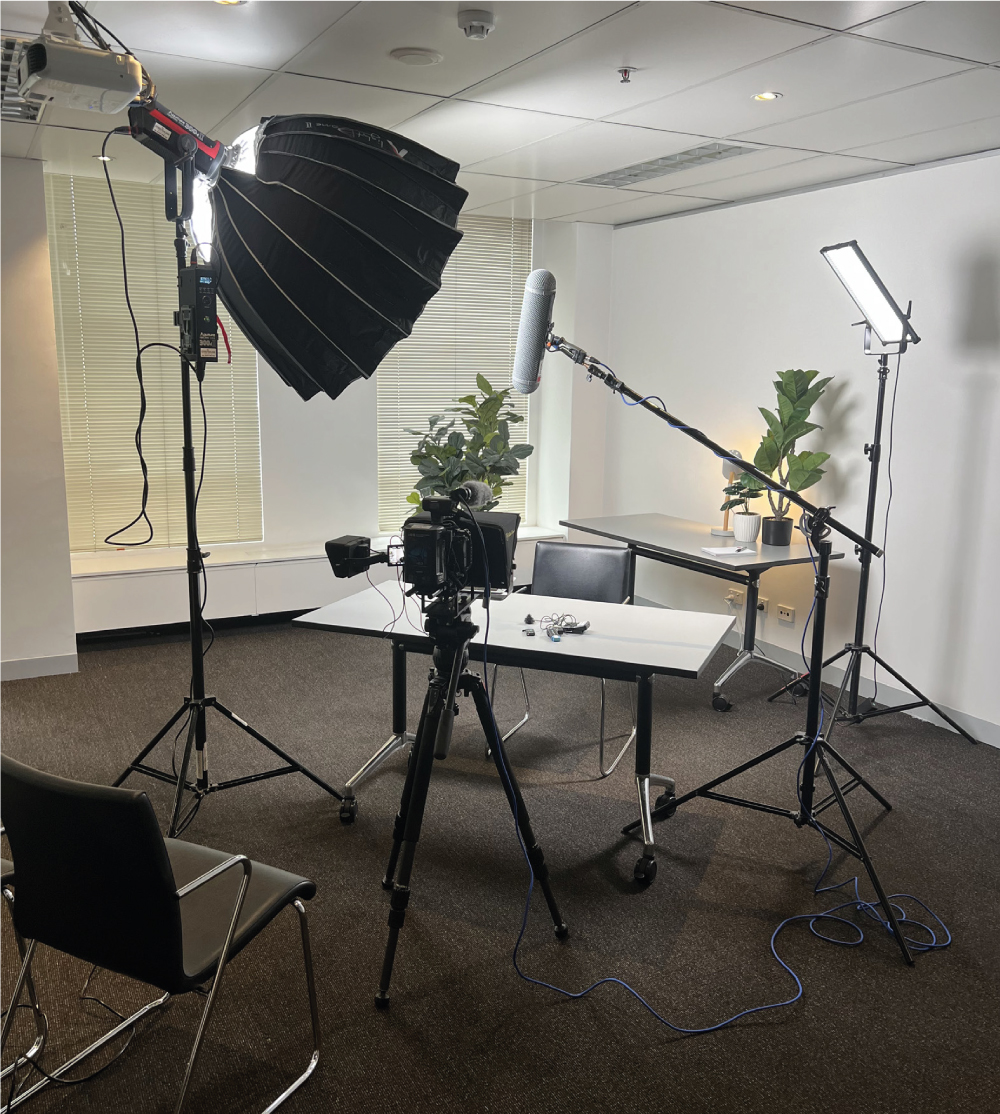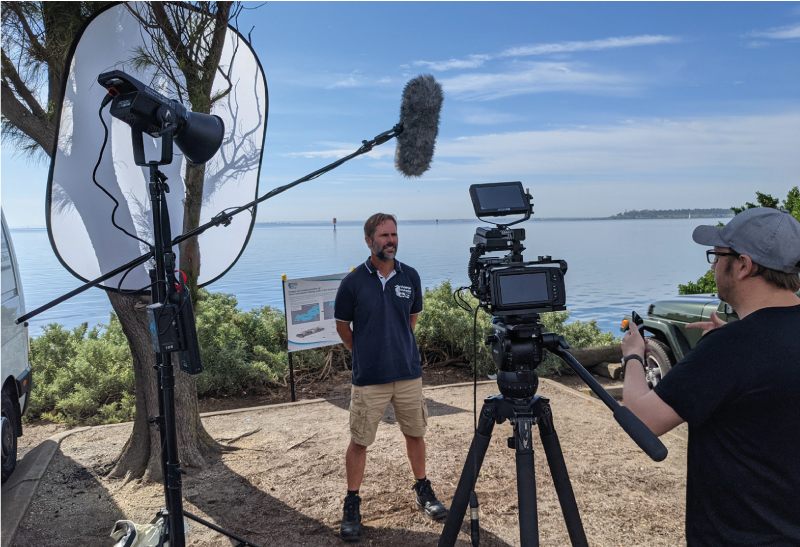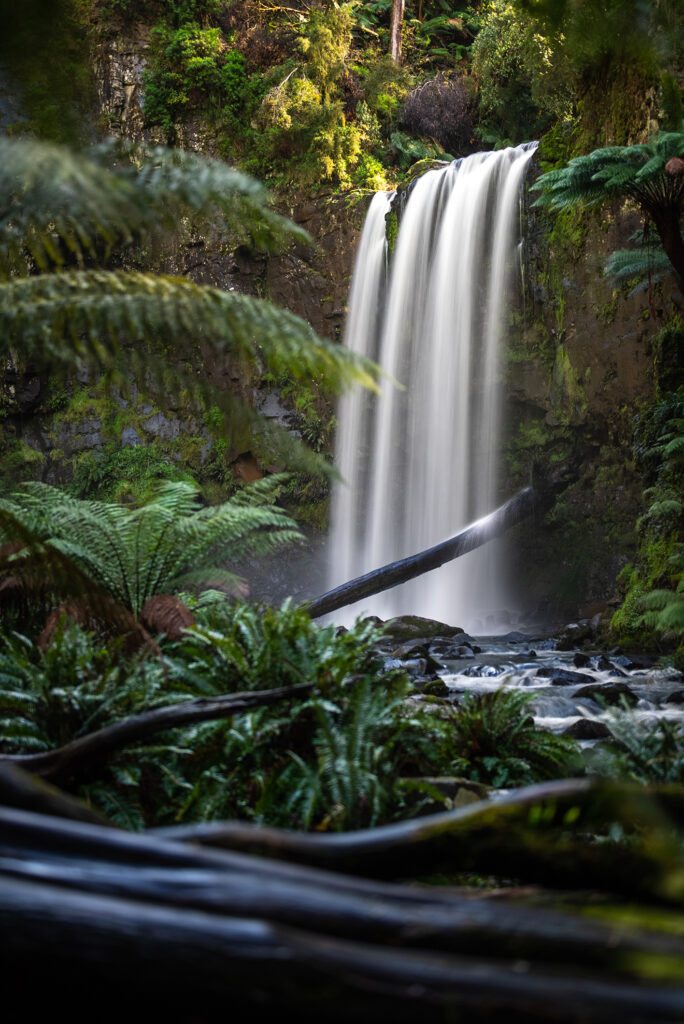Contents
Why create video content
Video content has become an indispensable tool in marketing and communications due to its unparalleled impact and effectiveness. It offers a dynamic and immersive experience that engages and captivates audiences like no other medium. With its ability to combine visuals, audio, and storytelling, video content appeals to our senses and emotions, making it highly memorable and persuasive. It can effectively convey complex messages, showcase products or services, and create a strong brand identity. Moreover, video content is highly shareable, allowing it to reach a vast audience and generate valuable social interactions.
In an era of shortened attention spans and information overload, video content cuts through the noise,
delivering concise and engaging messages that resonate with viewers. By incorporating video into marketing
and communications strategies, businesses can foster deeper connections, build trust, and ultimately drive
conversions and growth.
Pre-production
Pre-production is an essential phase in video production that sets the foundation for a successful and impactful final product. It involves meticulous planning, organization, and creative brainstorming before any cameras start rolling. The importance of pre-production lies in its ability to ensure that the entire production process runs smoothly and efficiently. During this phase, key elements such as scripting, storyboarding, location scouting, casting, and scheduling are meticulously addressed, allowing for a clear vision and direction for the project. This upfront investment in time and effort helps in minimizing errors, avoiding costly delays, and optimizing the allocation of resources. Pre-production also fosters effective collaboration among the production team, allowing everyone involved to be on the same page and work towards a unified creative vision. By emphasizing pre-production, filmmakers and videographers can enhance the quality of their final product, saving time and resources while delivering a cohesive and compelling video that effectively communicates their intended message.
Production
High-quality production is of paramount importance in video production as it directly impacts the perception and reception of the final product. A video that is visually appealing, well-shot, and technically polished creates a positive impression and enhances the credibility and professionalism of the content and brand. High production value signifies a commitment to excellence and attention to detail, which resonates with viewers and helps to capture and maintain their attention. Whether it’s the clarity of the visuals, the richness of colors, or the seamless editing and sound design, every aspect of high-quality production contributes to a captivating and immersive viewing experience. It elevates the storytelling and effectively conveys the intended message, making the content more engaging and memorable. Moreover, in an era of rapidly advancing technology and increasing viewer expectations, high-quality production ensures that the video can compete with other content and stand out in a crowded digital landscape. By investing in high production standards, filmmakers and content creators can leave a lasting impression, build brand reputation, and maximize the impact of their videos.
Pre-production
Post-production is an integral part of video production that adds the finishing touches and brings the project to its full potential. It is during this phase that raw footage is transformed into a polished and cohesive final product. Post-production encompasses various critical processes, including video editing, color grading, audio mixing, visual effects, and motion graphics. These elements collectively contribute to the overall look, feel, and impact of the video. High-quality post-production ensures that the editing is seamless, transitions are smooth, and pacing is optimized to maintain viewer engagement. It allows for the enhancement of visual aesthetics through color grading, ensuring consistency and creating a specific mood or atmosphere. Additionally, it enables the refinement of audio quality, ensuring that dialogue, music, and sound effects are clear and well-balanced. Moreover, post-production enables the integration of visual effects and motion graphics, adding a layer of creativity and professionalism to the video. By prioritizing high-quality postproduction, content creators can elevate their videos to a new level, leaving a lasting impression on the audience and enhancing the overall viewing experience.
Why this guide?
Arranging video production can be an overwhelming task, especially for those coming from a non-production background. The intricacies of coordinating talent, locations, equipment, and logistics can be confusing and challenging to navigate without prior experience. However, fear not! This guide is specifically designed to provide you with the necessary tools and insights to help you through the process. Whether you’re organizing a corporate video, a promotional campaign, or a personal project, this guide will break down the key steps, offer tips, and provide a checklist to ensure a smoother and more successful video production experience. By following this guide, you can feel more confident and prepared, even if you lack prior knowledge in the production field. It will empower you to effectively communicate with the production team, make informed decisions, and ultimately achieve your vision for the final video product.
Location, location, location
Choosing the right location for an interview on video requires careful consideration to ensure optimal audio and visual conditions. One of the primary factors to assess is the presence of external noise. Selecting a location away from high traffic areas, construction sites, or other sources of noise is crucial to maintain clear audio quality during the interview. Additionally, the decision between shooting outdoors in natural light or indoors depends on the specific requirements of the project. While shooting outdoors can provide a visually appealing backdrop, it is important to consider factors like wind, passing vehicles, or other ambient sounds that may affect audio clarity. In such cases, choosing an indoor location can provide better control over external noise and lighting conditions. Furthermore, when shooting outside, considering the direction of the sun and utilizing shade or suitable diffusers can help prevent harsh lighting and unwanted shadows, ensuring a comfortable and visually pleasing environment for the interviewee. Ultimately, finding the right location involves a balance between visual aesthetics, audio quality, and the specific needs of the interview, guaranteeing a successful and engaging video interview.
More
When it comes to choosing the right location for your video interview, it is essential to select a setting that encapsulates the essence and purpose of your project. The location should align with the overall theme, message, and tone you wish to convey. Consider options that provide a visual backdrop that enhances the subject’s story or expertise, whether it’s a serene natural environment, an urban cityscape, or a specific venue related to the interviewee’s work. Additionally, the chosen location should provide a comfortable and conducive atmosphere that puts the interviewee at ease, enabling them to deliver their thoughts and insights with confidence. Pay attention to the lighting conditions, ensuring that the location offers suitable natural light or the ability to control artificial lighting for a visually appealing result. By carefully selecting a location that embodies the project’s vision and creates a harmonious setting, your video interview will be elevated, leaving a lasting impact on viewers.
Choosing your talent
Choosing the right interviewees for a video is crucial to ensure a compelling and engaging final product. It is important to select individuals who possess confidence and are comfortable being on camera. A confident interviewee exudes authenticity, capturing the attention of viewers and conveying their message effectively. When interviewees are happy to be on camera, their enthusiasm and genuine expressions enhance the overall energy and impact of the video. Their positive demeanor and willingness to share their insights create a relatable and engaging experience for the audience. By selecting interviewees who embody confidence and enthusiasm, you can create a dynamic and captivating video that effectively communicates your messa ge and resonates with viewers.

Filming at golden hour, creates dramatic lighting and engagning content

A suitable indoor location, large room with controllable lighting and window shades. Soft carpet to help with echo and no external noise.


